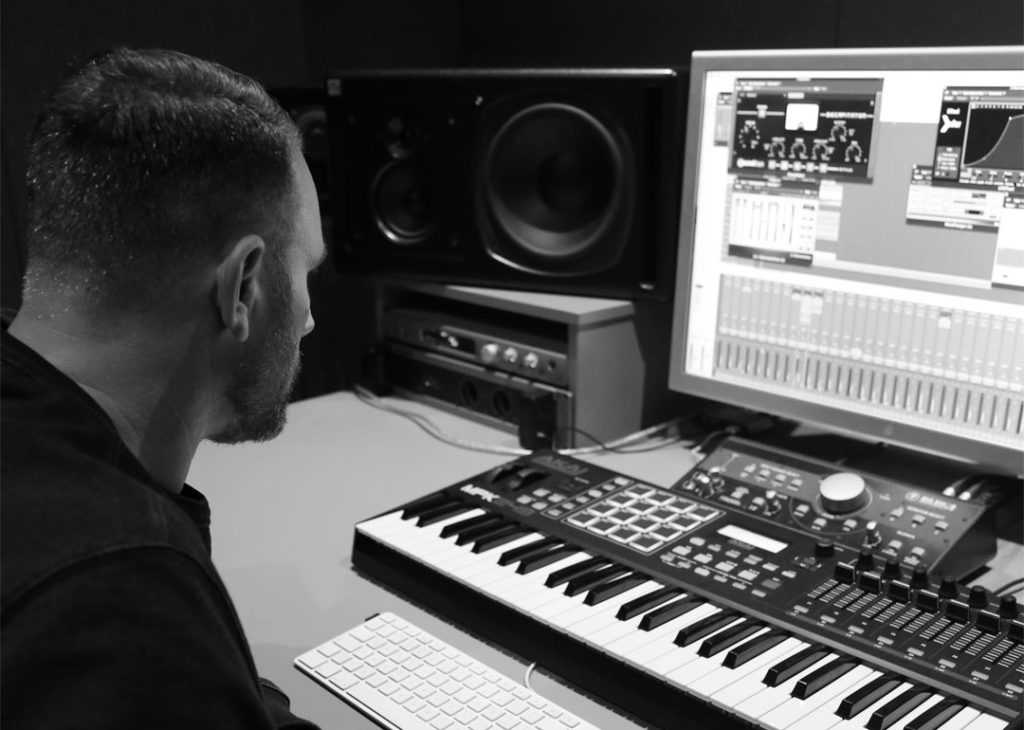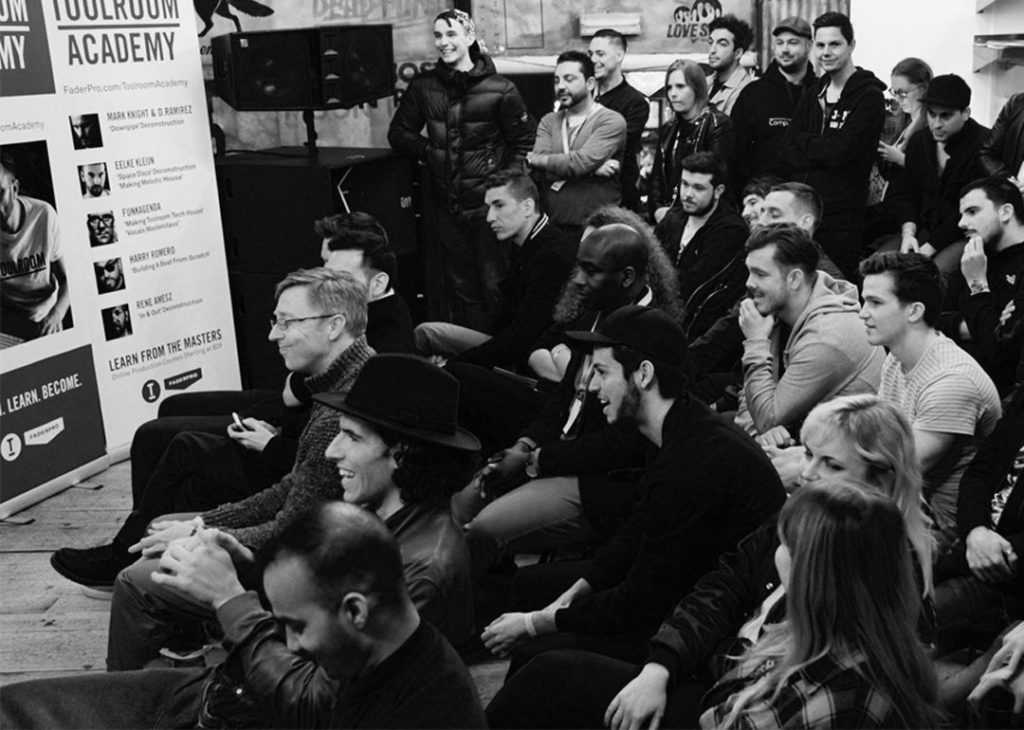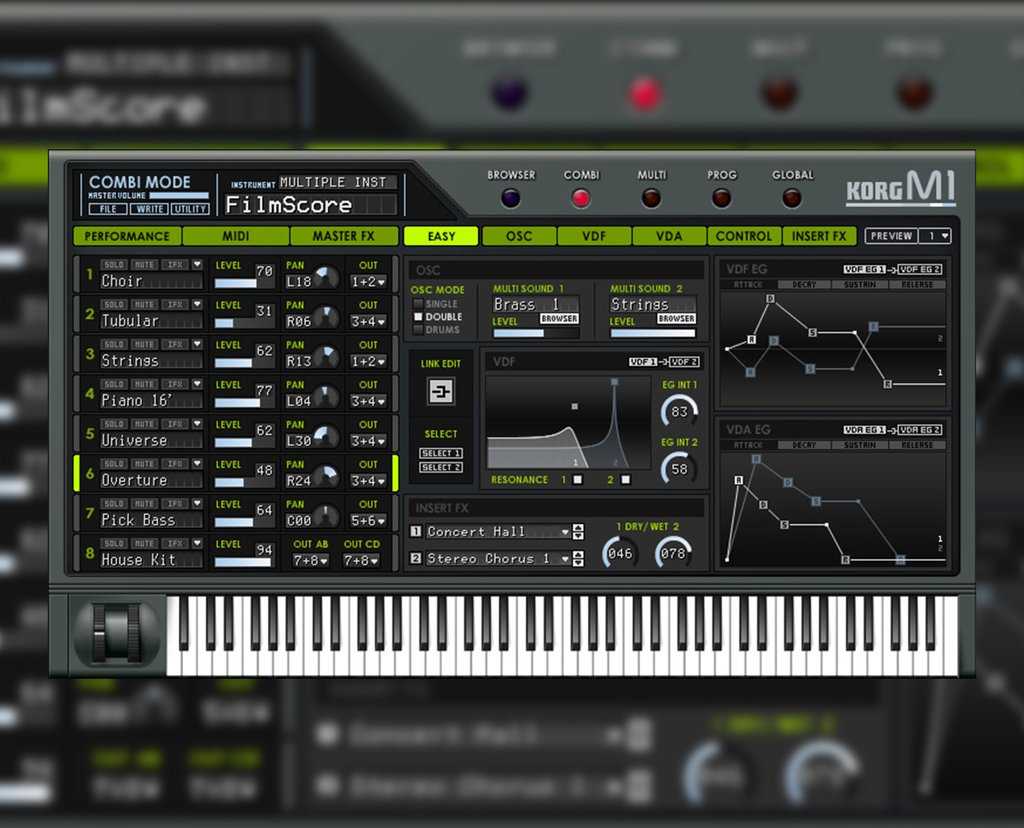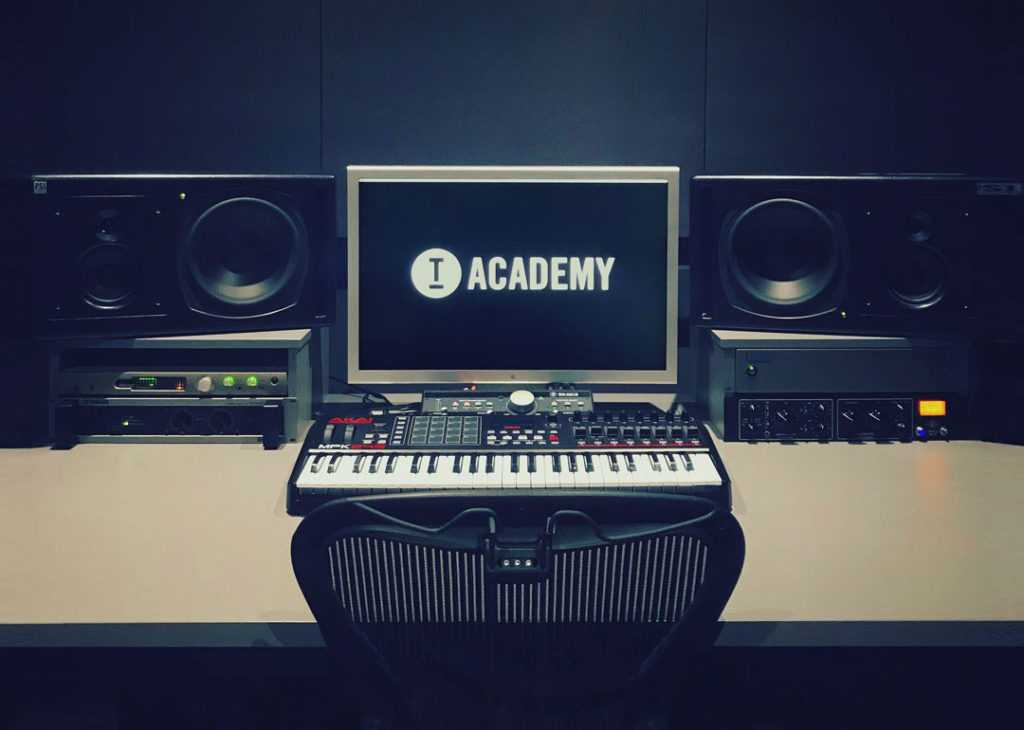It’s 2019, and there are an endless amount of resources available for learning how to make electronic music. But, like the bossman Mark Knight has repeated time and time again, all production guides are NOT created equal. While you certainly can learn a fair amount from YouTube videos, user manuals, and music production books, many producers pick up some seriously bad habits in the early phases of their production journey. Lucky for you, today we’re diving into how to make credible electronic music.
Stop what you’re doing, and be sure to read every word of this article. This information is usually reserved for the best and brightest of our Toolroom Academy students.
Let’s get started!
When learning how to make credible electronic music, there are generally more things to avoid than there are boxes to tick. This can mean being wilfully ignorant of other sounds and techniques that do not apply strictly to what you are doing.
At first, we suggest focusing entirely on one genre. Put yourself on a production ‘information diet’. Avoid dabbling in other styles for a little while. Try it out. Contrary to popular belief, a one-track mind can be helpful at times.
Unless you want your sound to be firmly placed in the more ‘commercial’ camp of our genre, you’ll be avoiding 90% the sample pack market today. The same goes for tutorials. It’s not “practice makes perfect.” It’s “perfect practice makes perfect!”
Making House, Tech House, or Techno may be less complicated than say…Dubstep. But, what matters here is not sound synthesis that looks like rocket science. Instead, it is potent, well-executed sound choices.
Electronic music is a cyclical business. What was cool and trendy as little as three years ago will fade away in favour of the new sounds of today.
This is the game. Get used to it.
Be aware of this when digging for samples. Just because you have been using a particular set of sounds for years does not mean that they still best!
Nothing throws off an otherwise solid track faster than a poorly placed Vengeance drum sample, an obtrusive white noise, or a big-room synth stab.
While you not only must choose a sound palette that is credible, you always must ensure that you’re not so caught up in trying to stand out that you choose sounds that do not work well with one another. There is no better way to make your life as a producer harder than to choose two that won’t play nice.
Like it or not, some kicks do not jive with particular bass lines. Same goes for high hats and snare, synths and percussion, and so forth. No amount of third party plugins can change this.
A great place to get started is sample packs that we release here at Toolroom Academy. We’d be lying if we said that plenty of the demos that end up getting signed to the label don’t include creative variations of these very sounds. Whether you’re looking to build your collection from the ground up, or you need to spruce up your folders, you cannot go wrong with these.
Check out our current selection of sample packs here!
We’ve said it before, and we’ll repeat it: there’s 0 shame in referencing tracks you like. But, there’s a catch. You must reference with intention!
But what is intention? Let’s have a look at what Wikipedia has to say about it.
Intention: A mental state that represents a commitment to carrying out an action or actions in the future. Intention involves mental activities such as planning and forethought.
Be thoughtful to not only with the artists you choose to base your sound around, but how closely you reference their work.
Just because Mark Knight has his very own trademark sound does not mean that making a 1:1 copy of it will get you signed. It will probably get your demo tossed by the wayside quicker than you can say ‘Toolroom!’
In other words: don’t do this.
Likewise, referencing a record that is five years old will do you little good when trying to pitch tracks to labels focused on the cutting edge.
When choosing a specific track to reference, ask yourself a few questions…
And so forth. Beyond this, there’s are a few big no-no’s you must keep in mind at all times when staying credible.
White noise often gets a nasty rep in the production community, and for good reason. Even just a few years ago, the majority of House music charting on Beatport was filled to the brim with explosions of screechy white noise. It was a sad time in the history of our music! Fortunately, those days are over, but the bad habits remain.
Let’s just say there’s a wrong way and a right way to use white noise.
Unless you’re making 90s House, you’d be hard-pressed to find a track that genuinely uses no white noise FX whatsoever.
Listen closely. They’re often knocked down a bit in the mix. The trick with them, like most things in this genre, is to get creative in your execution. Be more subtle than when an opening DJ pulls a USB out of a playing CDJ in a packed club!
Beyond toning your white noise down in the mix, try using Ableton’s panning tool to send little bursts to the left and right of your stereo image.
Alternatively, instead of having a completely clean fade out on your white noise samples, you can have them stop abruptly in your composition. Tech House favours weirdness such as this!
Let’s start off by saying that there’s not one House music producer who shouldn’t own a copy of Korg’s M1 Collection.
That being said, it is a tough judgment call of most producers as to whether or not they should include sounds such as the M1 Piano, or Organ 17 (made famous by Robin S’s ‘Show Me Love’) in their tracks.
We know, we know. We’ve released dozens, if not hundreds of records with these very sounds in them. But, if one is looking to break through and be taken seriously in today’s credible music scene, it�’s essential to deliver in a way that sets you apart from the pack.
Thinking you’re going impress a label A&R with two decades of DJ experience with stock sounds from Korg probably isn’t going to work.
Using sounds such as these can be looked at as a right of passage. It’s something to be earned! There’s a reason that some of House music’s most rinsed elements are as famous as they are: people connect with them. They move audiences. They are an unfair advantage.
It never hurts to show the world that you’re capable of making a great track on your own accord before relying on House music’s ‘cheat codes’.
As always: seek to innovate, and not to imitate.
And one area that every new producer seems to imitate in is with their vocal choices.
Diva vocals are a calling card of House music. They’re just as iconic as every other staple sound in the genre. When done correctly, there’s almost nothing else as powerful for bringing an instrumental to life.
But, if we’re going to be frank with you: most producers need to dig a little bit deeper into the crates for their vocals.
As Ivan from Illyus & Barrientos always says, “People need to stop sampling Lolletta Holloway”. While the duo is indeed guilty of doing so themselves, they have done so in a way that is both credible and unique. And that’s why we signed one of the biggest records to date, ‘Shout’.
Remember: just as it takes a bit of ‘street cred’ to drop a House piano in a Tech House tune, sampling iconic disco divas is not something to be taken lightly!
There’s nothing wrong with cutting up a diva vocal and using it to your heart’s content. But, spend some serious time on choosing which ones will find their way into your demos. There is an entire world of Disco, Funk, Soul, R&B, Gospel, Comedy and even Religious records out there that have never, ever been touched! Use them.
To ignore the vast libraries of soulful, American music in favour of using the few vocals that nearly EVERY house producer has stepped on is criminal!
Get on YouTube. Go to the vinyl shop. Learn your music history. A solid day’s work spent digging may not deliver right away, but it will bring you one step closer to doing something that no other producer has done before.
Beyond nailing your hooks, you must ensure that your record’s sound quality is also up to snuff.
Just because your best mate is a self-proclaimed mastering engineer does NOT mean they are qualified to have a stab at working on your records. In fact, we suggest you only work with mastering engineers with a proven record of club hits. It costs next to nothing and can be one of the best investments you can make as a producer.
Keep in mind that the way you mix an EDM or Commercial House record is completely different than House, Tech House, and Techno. One of the worst things you can do is use the wrong techniques to finish off an otherwise solid tune.
It is for this reason that Toolroom offers its very own mastering service. Why not have the same team that masters every record on the label work on yours? Better yet, some of our recent signees have even first gotten noticed through having their tracks mastered by us.
Just ask Kid Cut, a budding UK producer whose track ‘Little Club’ was featured on our Ibiza 2017 compilation. We first got in touch when he made the smart move of sending his mastering to our team. It may have been one of the best career decisions he’s made to date.
There has never been a better time to learn how to make Electronic music. Only today can you download a digital audio workstation, a few sample packs, and start producing electronic music from a laptop. This is excellent news for everyone who has a bit of a natural aptitude for production and can get the ball rolling on their own.
But, what if this isn’t you? Trust us, we know what it’s like.
We’ve seen countless producers struggle over the years, and it’s heartbreaking. Even Mark Knight himself will admit that it took him years to not even master the craft, but just to get a grip on making competent records.
Luckily, we’ve been hard at work behind the scenes developing a new program to address your woes as a producer…
Luckily for you, the days of endlessly searching for quality instruction on how to make electronic music are over.
Offering courses both online and in-person, Toolroom Academy has been developed to help budding producers from all around their world launch their careers, unlock their creativity, and gain a competitive edge in today’s music scene.
Want to learn how the real artists do it? Our 12 Week Production Certificate Program takes you step-by-step through the essentials of building a credible and relevant track to a professional standard.
Are you struggling with giving your tracks that extra, creative edge? Look no further than our Creativity: Unlocked Program, designed to help experienced producers inject some much-needed imagination into their records.
For those who are truly serious about their music careers, we offer a 1:1 Production Masterclass where you are mentored by industry legend D.Ramirez either online or in London.
What are you waiting for? This could very well be your year.
Get in touch with us today about our current course offerings, and make it happen.




